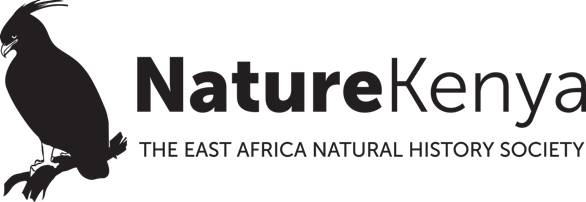Our Work
Connecting Nature and People for a Sustainable Future
Our Work
Nature Kenya’s work is based on science, action and partnership. We use up to date science to catalyse positive action for biodiversity by and for partners—Government, local communities and the private sector.
Our work to conserve biodiversity focuses on Key Biodiversity Areas. Birds are used as “first filters” to set conservation targets because birds are very good indicators of the health of the environment, as well as being important in their own right. Birds are popular, appealing and consequently exceptionally well studied and observed, providing an excellent scientific foundation for Nature Kenya’s work. By saving the habitats and ecosystems important for birds, we effectively conserve a much broader array of biodiversity.
Nature Kenya takes practical action. We work with and for people – to improve their quality of life as they conserve nature. We collaborate with others wherever possible, at local, national, regional or global levels, linking with community groups, governments, businesses, universities, civil society groups and notably, BirdLife International to increase the impacts of our efforts. As BirdLife International in Kenya, we implement the BirdLife Strategy—integral to the Nature Kenya strategy.
We empower local people to promote conservation with development at key priority sites. There are now 27 local conservation groups that serve as Site Support Groups for Key Biodiversity Areas, especially those that are without official protection. We educate children through our local resource centers in Mount Kenya, coastal forests, the Kinangop grassland, Kakamega forest, South Nandi forest, the Kikuyu Escarpment and the Taita Hills; awareness events reach 10,000 children annually. We inform the public to become aware of unsustainable development options.
Nature Kenya links livelihoods and biodiversity conservation. For example, families who live near the Arabuko-Sokoke Forest in coastal Kenya depend on it for water catchment, firewood and medicinal plants. In the past, however, they only saw the forest as a source of animals who damaged their crops. Today, the families once again value the forest, as they get paid for raising butterflies on forest plants. The butterflies are then sold (as pupae) to butterfly exhibits at home and abroad.
Some 8,000 beehives have been supplied to local communities to boost incomes. At full capacity these hives give local people some Ksh. 96 million annually at very little inputs. Other initiatives restore degraded habitats and provide alternatives to reduce pressure. Nature Kenya and partners have planted over 2.6 million trees in people’s farms to help reduce pressure on forests. These trees have potential to earn local people Ksh 22 billion if sold as electricity poles. We promote eco-tourism and bird tourism in high potential sites that are not well known, such as Kakamega Forest, Arabuko-Sokoke Forest, Kinangop Grasslands and Dakatcha Woodland.
In addition to Nature Kenya’s work on the ground, we advocate for sound governance and planning for a sustainable future. That is why we are catalyzing better planning for developments in Tana River Delta and Yala Swamp to reduce biodiversity loss and to stop putting local peoples’ lives in jeopardy. We act locally but remain globally connected, including participation at international negotiations, for example the Convention on Biological Diversity. We support government action but we also keep the government alert to deliver its biodiversity conservation mandate. We generate and share lessons and experiences including through BirdLife International Global Network.
Current Projects



